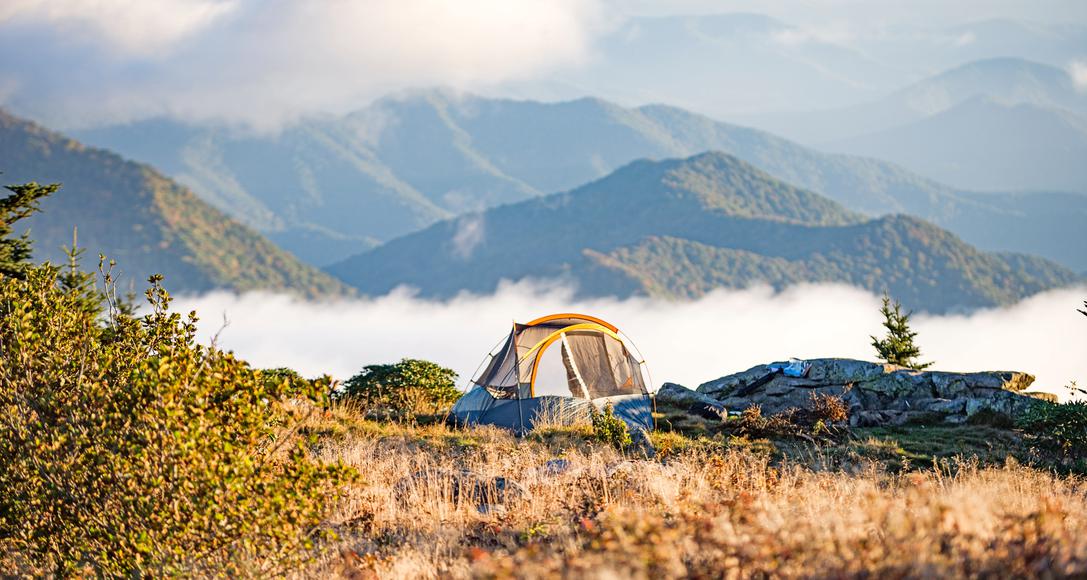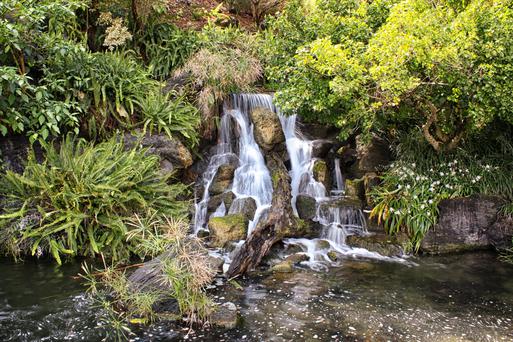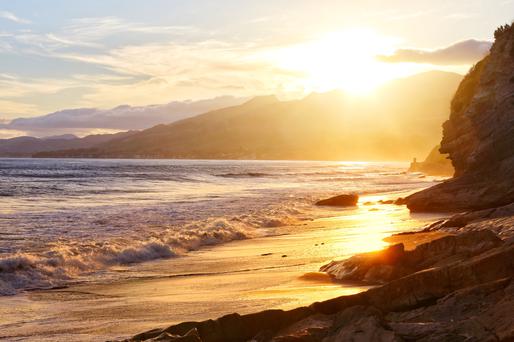A Map and Compass
Never traverse unknown and unsigned terrain without a compass and local maps. Learn how to use a compass before your trip, and check your destination’s local visitor center for detailed maps. While phone maps are a huge perk of the 21st century, it's best to download maps you can use offline. If reading maps and relying on your navigational skills isn't that easy for you, invest in a handheld GPS unit that has superior satellite reception compared to cell phones. Even so, don’t rely solely on battery-operated devices and bring maps as a backup.
Pro tip: Put your navigational and compass skills to the test before venturing off on your adventure. Ask a friend to join you on a flat, obstacle-free field close to your home. Mark your starting point (i.e., leave a jacket on the ground or put a stick in the ground), decide where on the course you want to navigate (try to walk around in a circle or square), put a towel over your head so you can only see your compass, and start making your way along the route. Your unbiased observer will let you know if you’ve passed your own test.
Essential tools
Tools are not only an important step in the evolution of mankind, but also integral to a safe, uneventful (in a good way) camping adventure. Olympia Tools has it all—from multi-tools and folding shovels to LED lanterns and headlamps—so you won't miss a beat while you're out and about.
While most California national and state parks don’t allow visitors to cut or collect firewood, California national forests allow you to do so in posted areas. Depending on your destination, you can bring a lightweight camping hatchet, which can be used to chop wood or help you build an impromptu shelter in case of an emergency. Remember to bring duct tape to fix zippers, containers, or leaks. Ropes can also get you out of any tricky situation; from towing and rescuing people to hanging your laundry, ropes are quite multifunctional.






